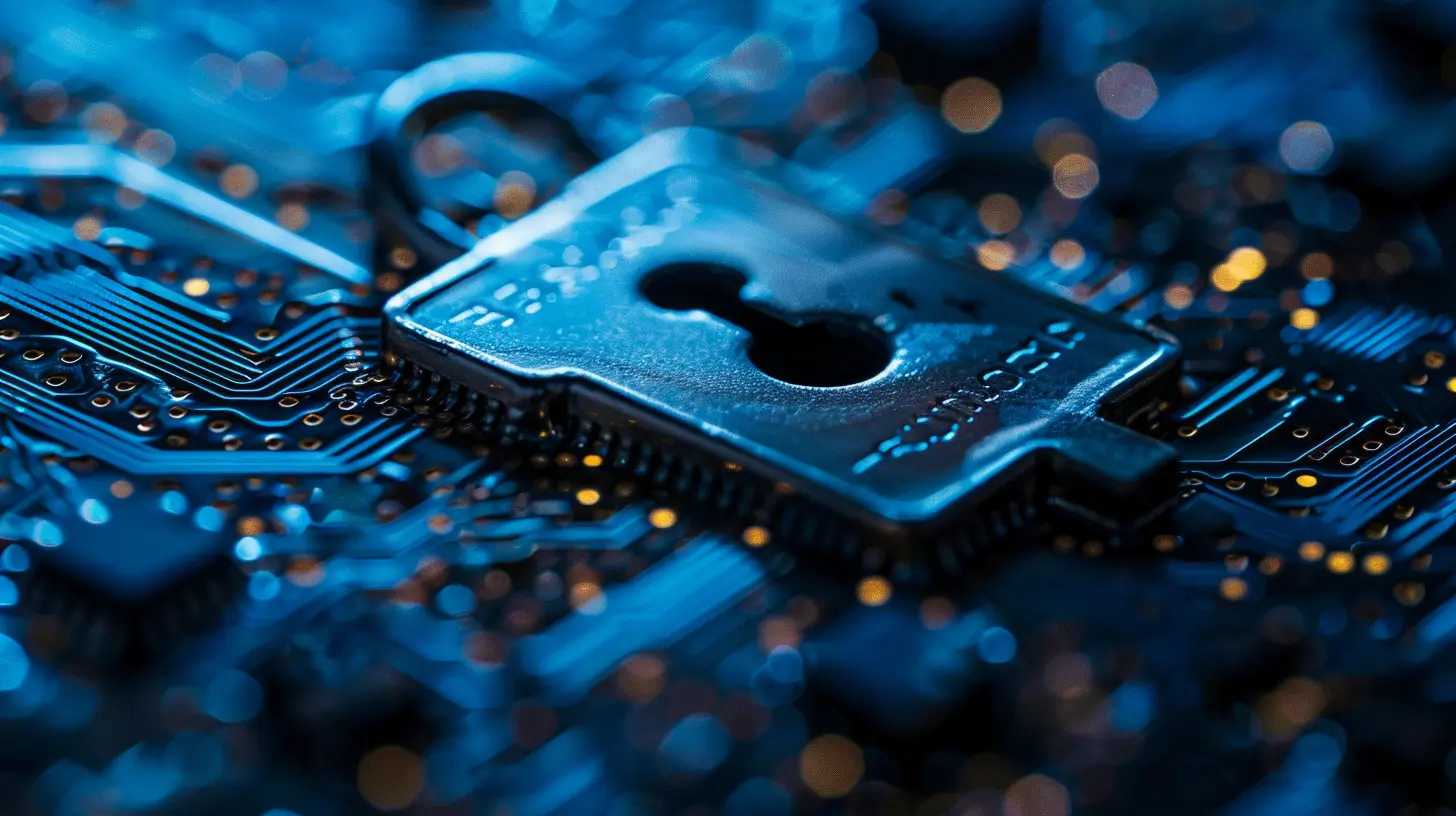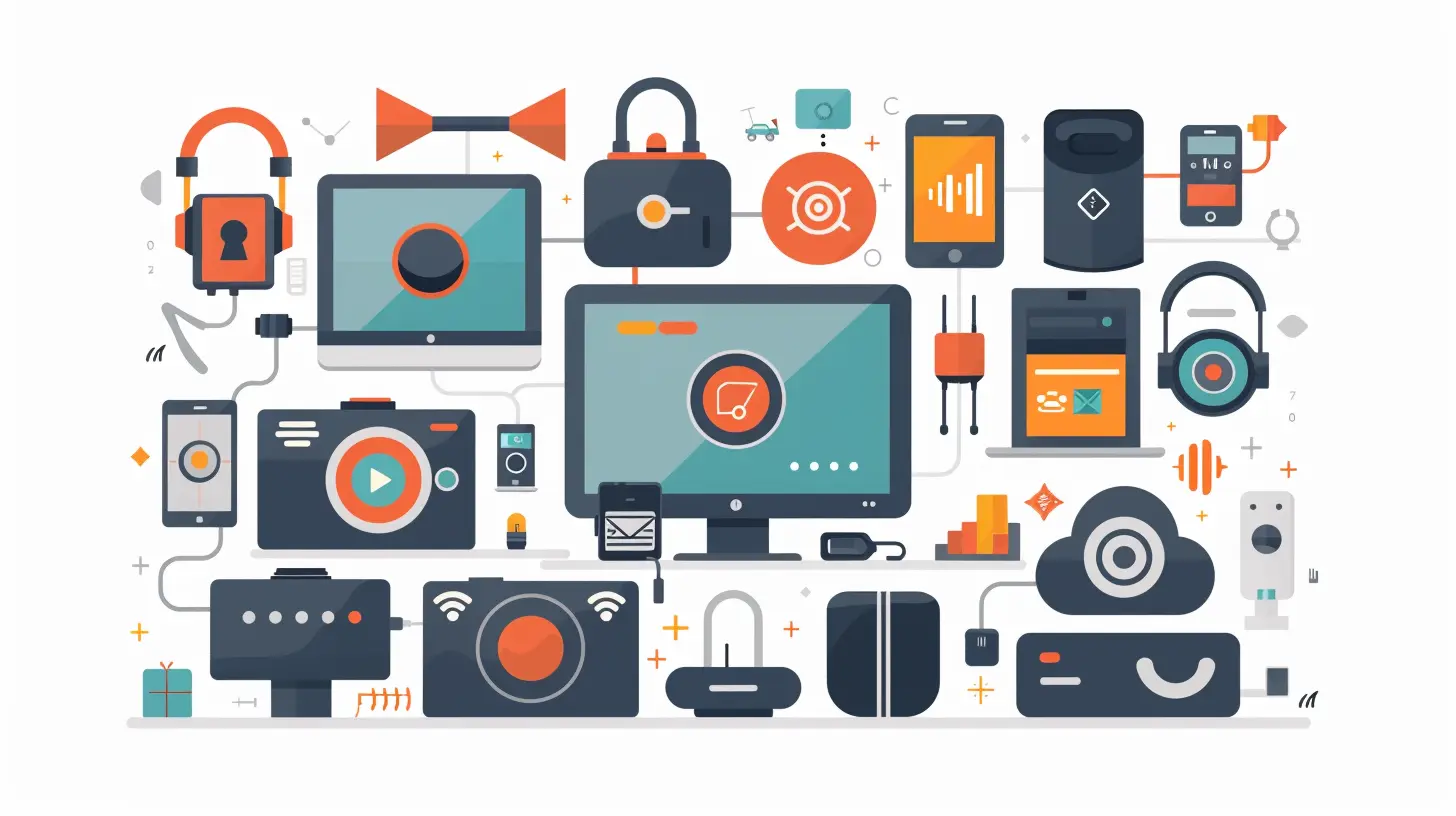2 February 2025
The Internet of Things (IoT) has completely transformed the way we live, work, and interact with technology. From smart thermostats to wearable fitness trackers, IoT devices are everywhere, connecting our world in ways we never thought possible. But as these devices become more common, so do the security risks associated with them.
Today, we’re going to get into the nitty-gritty of IoT security concerns. Why should you care? Well, if you own a smart home device or use any connected gadget, you’re part of the IoT ecosystem—so you’re also potentially at risk. Let’s dive into the security challenges, and more importantly, what can be done to mitigate them.

What are IoT Devices?
Before we dive into the concerns, let's quickly touch on what IoT devices actually are. IoT stands for Internet of Things, which refers to a wide range of physical devices that are connected to the internet. These devices include everything from smart home gadgets like lights and refrigerators to industrial machines and even medical devices.Think of IoT devices as the "smart" version of everyday objects. Your refrigerator can now send you notifications when you're low on milk, and your thermostat can adjust the temperature based on your routine. Cool, right? But there's a catch—because these devices are connected to the internet, they’re also vulnerable to hacking, data breaches, and other security issues.

Why Should You Worry About IoT Security?
You might be thinking, "It’s just a smart light bulb, why should I care if someone hacks it?" Well, it’s not just about the individual device. Every IoT device is a potential entry point into your home network. Think of it as leaving a window open—a hacker doesn’t care if it’s a small window or a large one, they just need a way in.Once inside your network, hackers can access personal information, steal sensitive data, and even use your devices to launch attacks on other networks. Let’s not forget, IoT devices often collect a significant amount of data about you. From your daily routines to your health metrics, this data is valuable and can be exploited if it falls into the wrong hands.

Key Security Concerns for IoT Devices
IoT devices, for all their convenience, come with a range of security risks. Let’s break down some of the most pressing concerns.1. Weak Authentication and Authorization
Many IoT devices have weak or even non-existent authentication mechanisms. That means there’s often little in place to verify a user’s identity beyond a basic password. To make matters worse, some devices come with default usernames and passwords (like "admin" or "password") that users don’t change—making them easy targets for attackers.This is like leaving your front door unlocked. Anyone can walk in without much effort. If an attacker gains access to your IoT device, they can potentially control the device, steal data, or use it as a foothold to infiltrate other devices on your network.
2. Insecure Communication
Many IoT devices don’t encrypt the data they send over the internet, or they use outdated encryption methods that are easy to crack. This means that the data traveling between your device and the server is out in the open, like a letter sent without an envelope. If an attacker intercepts this data, they could easily read, manipulate, or steal it.For example, imagine your smart doorbell sends video footage to your phone over an insecure connection. Anyone with the right tools could intercept that footage and see who’s coming and going from your house.
3. Lack of Regular Updates
Software updates are crucial for fixing vulnerabilities and improving security. However, many IoT devices either don’t receive updates or the updates are inconsistent. Some devices might not even have the capability to be updated at all, leaving them vulnerable to known security flaws.It’s like driving a car with faulty brakes and never taking it to the mechanic. Eventually, something will go wrong, and you’ll be left with a serious security problem. Hackers often target older devices with known vulnerabilities because they know the manufacturer isn’t actively patching those holes.
4. Data Privacy Issues
IoT devices are data-hungry. They collect information about your daily habits, preferences, and sometimes even your location. While this data is often used to improve the performance of the device, it also presents a significant privacy risk. Many IoT devices send data to third-party companies, and you often have little control over where that data goes or how it's used.Even worse, if your device gets hacked, all of that data is up for grabs. Imagine if someone got hold of detailed data about your health from a fitness tracker or knew exactly when you weren’t home based on your smart security camera. The consequences could be more than just annoying—they could be life-altering.
5. Botnet Attacks
One of the scariest threats to IoT devices is their potential to be hijacked and turned into a botnet. A botnet is a network of infected devices that can be controlled remotely by a hacker. These devices can be used to launch coordinated attacks, such as Distributed Denial of Service (DDoS) attacks, which can take down websites or services by overwhelming them with traffic.IoT devices are perfect candidates for botnets because they’re often poorly secured, and once infected, they can remain compromised for a long time without the owner even realizing it. In 2016, the Mirai botnet used insecure IoT devices like DVRs and webcams to carry out one of the largest DDoS attacks in history.

How Can We Improve IoT Security?
Now that we’ve covered the main security concerns, the next logical question is: what can be done about it? Luckily, there are steps both manufacturers and users can take to make IoT devices more secure.1. Stronger Authentication Methods
Manufacturers need to implement stronger authentication methods, like two-factor authentication (2FA) or biometric verification. At the very least, devices should require users to set unique passwords that are not easily guessable.As a user, you can do your part by always changing default passwords and opting for strong, unique passwords for each device. Use a password manager if you have trouble keeping track of them all.
2. End-to-End Encryption
Data sent by IoT devices should be encrypted from the moment it leaves the device until it reaches its destination. This ensures that even if someone intercepts the data, they won’t be able to read it.Manufacturers should prioritize using modern encryption standards, and users should look for devices that advertise encrypted communication. It’s like sending your important documents in a secure lockbox instead of a flimsy envelope—much harder for someone to open.
3. Regular Software Updates
Manufacturers need to ensure that their devices can receive regular software updates to patch vulnerabilities. But it’s not just up to them—users also need to install these updates as soon as they become available.Some devices automatically update themselves, which is ideal, but others require manual intervention. In any case, don’t ignore those update notifications—they’re there for a reason.
4. Limit Data Collection
Manufacturers should be transparent about the types of data their devices collect and provide users with options to limit that data collection. As a user, always check the privacy settings on your devices and disable any unnecessary data sharing.Remember, the less data your device collects, the less there is for a hacker to steal if they do get in.
5. Network Segmentation
One of the best ways to protect your network is to segment it. This means creating separate networks for your IoT devices and your personal devices, like your computer or smartphone.By doing this, even if a hacker gains control of an IoT device, they won’t be able to easily access your more sensitive devices. It’s like putting your valuables in a safe—just because someone gets into your house doesn’t mean they’ll be able to take everything.
The Future of IoT Security
As IoT technology continues to evolve, so too will the security threats. But that doesn’t mean we’re powerless. Both manufacturers and users need to take IoT security seriously to ensure that these smart devices don’t become a big liability.In the future, we can expect to see more regulations around IoT security standards, as well as advancements in areas like artificial intelligence and machine learning, which could help detect and prevent security breaches in real-time. But until then, it’s up to all of us to stay vigilant and proactive in securing our devices.
After all, we wouldn’t leave our physical doors unlocked—so why leave our digital doors wide open?













Arlo McPherson
Keep your gadgets safe—don’t let them snoop!
March 26, 2025 at 3:31 AM